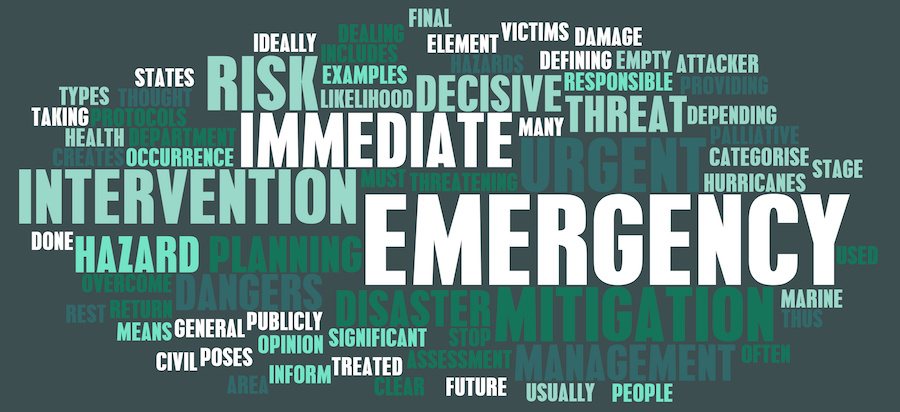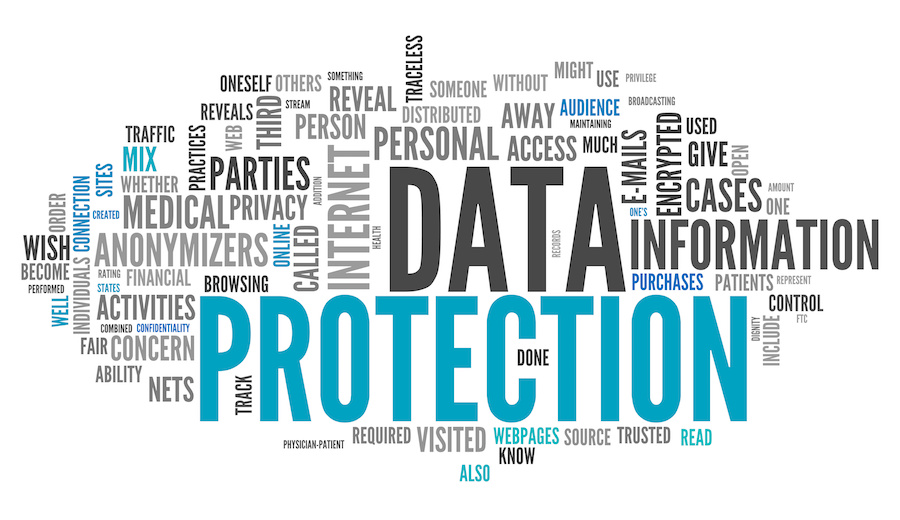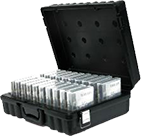In an ideal world, no business would ever need a disaster recovery plan. Things would continue as normal, day after day without incident. Unfortunately though, things can go awry. Whether caused by a natural disaster, an act of wilful vandalism or an administrative error, valuable data or documentation can easily be lost. In severe cases, this can lead to a drop in productivity as well as various administrative costs.
While you can’t always prepare for every possible eventuality, an effective disaster recovery plan can ensure that some level of service can continue. For instance your business may have an emergency number or call forwarding, allowing customers, clients and staff to stay in touch. This may only be a temporary solution, but it will at least allow a continuation of service – even if it is slightly limited.
But while communications can be quickly reinstated, there may long-term issues. For example, if your premises are destroyed by fire, there’s a good chance that various documents as well as office equipment could be damaged or lost. Computers, carpets and other property can be replaced in time, but data and other archives may never be retrieved.
This is why back-ups are so important. If you have multiple versions of important files, including physical and digital copies, the loss of individual documents can be mitigated. Some businesses choose to spread servers and document storage across a number of sites, others simply prefer to keep it all stored off-site.
Disaster Recovery for Your Data
So something has gone amiss. A server has been corrupted or your filing system has suffered unexpected damage. How do you go about restoring all data?
If there is only a single version and it’s in tatters, then your options are limited. You can write it off, scan your archives for attachments or early proofs, or track down any suppliers that may hold their own copies. However, this is risky. What happens if you can’t retrieve those documents?
It can be a bit of Catch-22 situation, particularly for smaller businesses. Document storage costs money and it can also limit your available space. However, if your day-to-day operations are reliant on this data, it’s almost impossible to put a price on its value. Therefore you have to develop a contingency plan that fits your requirements and budgets.
As we explored in a recent blog post, document scanning is one potential solution. Where space and finance is at a premium, you can save both by converting physical sheets into digital files. These can then be stored inexpensively within a network, external hard-drive or in the cloud. So even if the originals are lost, the copies should last forever.
You do need to be careful though. Any disaster recovery plan should incorporate various security measures to ensure that important data doesn’t fall into the wrong hands. This is why businesses hide online-accessible documents behind firewalls and malware software. Creating multiple versions of any file instantly increases the potential risk of theft and misuse.
If you’re looking to store physical backup data off-site, then you should only use reputable companies who can offer the highest levels of security. So look for testimonials, view their previous safety record and also review what measure they currently have in place.
Assessing Your Risk and Liability
As mentioned previously, a large part of any disaster recovery plan is the ability to interpret potential risks and how they might impact your business. Most companies can’t afford 24 hour site security or fire-proof rooms with keypad entry systems, so their strategy needs to be a little more manageable.
It may well come down to a question of prioritisation. What do you need to continue operating on a daily basis and what could you do without? Which documents are essential in their original form and which could be stored digitally? A comprehensive disaster recovery plan should take all elements into account, even different scenarios – from worst-case to relatively minor.
Physical property including offices, equipment and furniture can all be replaced and should be covered by insurance. Even communications channels can be reinstated within days, but there will always be some items that you simply can’t afford to lose. If you store all your network details, including back-ups, on a local server then you will want to ensure that there is ample protection or an effective back-up strategy is in place.
Risk can fluctuate from business to business. Circumstances and liability are rarely the same either, which is why you need to be able to carry out your own assessment and develop a policy to match. As part of our document storage and scanning services, we help companies in a variety of ways. While some simply want to free up space, others are looking for an off-site solution to ensure that documents are safe and secure. Again, if this is something you’re considering, then you need to decide how best to go about your document storage strategy.
If you don’t have a disaster recovery plan, then now is certainly the time to create one. The past is rarely a good indicator of what may happen in the future. So even if you’ve never had any kind of issue, it would be slightly foolhardy to assume that issues couldn’t possibly arise at some stage. Sure, you may well be extremely lucky and never have an issue of any kind, but what if you do?
Are your staff equipped to continue working even if the office is closed? Will customers be able to place orders or make enquiries? Can you still access data and important documentation? If the answer to any of these questions is ‘no’, then you may need to reconsider your policies.










